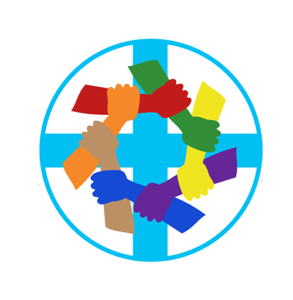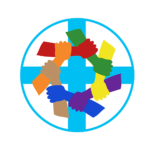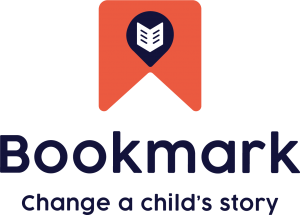How we teach children to read and write
The importance of learning to read cannot be overstated. Reading develops a child's imagination, as well as empathy and self-understanding. Reading unlocks the rest of the curriculum, enabling children to get the most out of their school days and to give them the best chance for their futures.
A Reading Environment
We go to great lengths to create an inspiring atmosphere to develop a love of reading. Each classroom has its own exciting reading area. There are library clubs and public reading areas where children can read at playtimes. We give book tokens as prizes for good work and conduct.
A Systematic Approach
We use Read Write Inc, a massively successful scheme for teaching reading developed by Ruth Miskin, used in over five thousand schools around the world. Later, guided reading develops children's fluency and understanding of what they are reading. Each week has a different text focus, covering a range of fiction and non-fiction genres. Children read a differentiated text as a class, with a partner and individually. They develop their comprehension skills through answering a range of questions both verbally and in writing. They then complete activities such as sequencing pictures and information, using the text to help them. Pupils also have opportunities to read levelled books of their choice, as well as books related to their topic. This supports children's speed in reading.
As children complete the RWI programme, usually towards the end of Year 1 or beginning of Year 2, they are taught a daily guided reading lesson.
Guided reading develops children's fluency and understanding of what they are reading. Each week has a different text focus, covering a range of fiction and non-fiction genres. Children read a differentiated text as a class, with a partner and individually. They develop their comprehension skills through answering a range of questions both verbally and in writing. They then complete activities such as sequencing pictures and information, using the text to help them. Pupils also have opportunities to read levelled books of their choice, as well as books related to their topic. This supports children's speed in reading.
In Key Stage 2, as well as reading as part of our text-based Literacy curriculum, children experience a reading lesson for 30 minutes each day. The timetable for this may look like this:
| Session 1 | The whole class are guided by the teacher to read a short text, and then answer vocabulary based questions, as well as literal, inferential and evaluative questions. We use the Reading Explorer books to support this. Teachers incorporate the 4 skills of reciprocal reading in these sessions (prediction, clarification, questioning and summarising). |
| Session 2 | |
| Session 3 | Children apply their developing comprehension to read and answer questions about the text linked to their Literacy book |
| Session 4 | Free reading a book at an instructional level in the library. |
| Session 5 | Free reading a book at an instructional level. |





